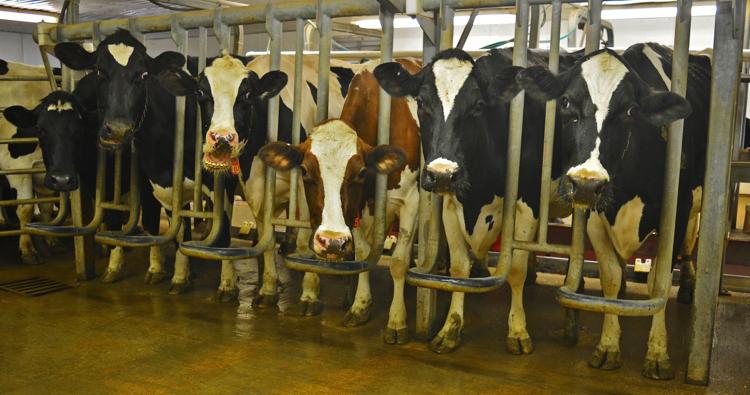
Last year, U.S Secretary of Agriculture Sonny Perdue credited exports for being a “major driver of the rural economy, generating 20 percent of U.S. farm income and supporting more than a million U.S. jobs.”
Those statistics conceal a hidden truth that most farmers know firsthand: exports don’t actually bring better prices. In dairy, exports have reached historic highs — now topping 15% of the total U.S milk supply — but that growth has failed to provide farmers a livable wage.
In a recent webinar hosted by Wisconsin Farmers Union through the Dairy Together initiative, dairy economist Chuck Nicholson explained, “price impacts of export growth tend to be limited. One of the reasons for that is the milk supply response. If we have opportunities to sell more product, typically the industry can respond fairly readily.”
In other words, opening new markets generates demand in the short term, but farmers quickly ramp up supply right along with it. Any price increase is quickly neutralized.
Nicholson’s analysis shows that for every 1% increase in dairy components exported, the All-Milk price increases by only 10 cents.
Despite the limited impact on milk prices, the U.S Dairy Export Council aims for a goal of exporting 20% of the U.S milk supply, a 5% increase from 2018 levels. USDEC claims that export growth benefits everyone in the industry: farmers, consumers, and everyone involved in the complex dairy supply chain. But Nicholson’s analysis suggests that may not be the case.
“The primary benefits will go to farms that are growing because they are the ones that will be supplying that additional product that goes into export markets. Other benefits will go to supply chain partners like the processors and exporting companies that are also part of facilitating trade flows of dairy products outside the U.S.”
Exports do contribute to farm income, but the profits are not distributed equally among dairy farmers or throughout the supply chain. Nicholson explains the income distribution issue this way: “The average milk price does not increase that much by increasing exports. So farms that are not growing are going to see milk revenues that look a lot like the revenues we would see if we weren’t exporting very much. The place where there is a difference is farms that are growing will see a larger demand for their milk. The benefits are not higher prices, but bigger quantities.”
By Bobbi Wilson | government relations associate, Wisconsin Farmers Union

























